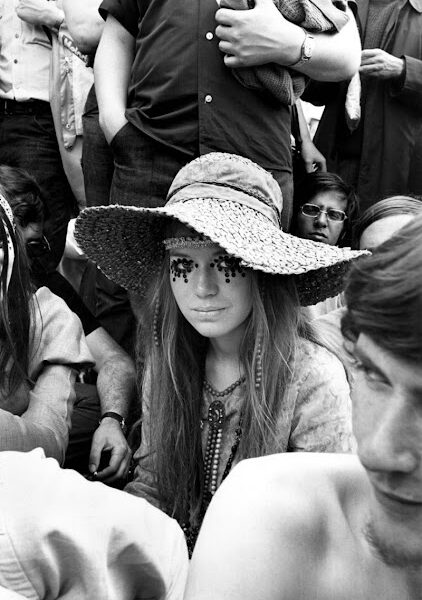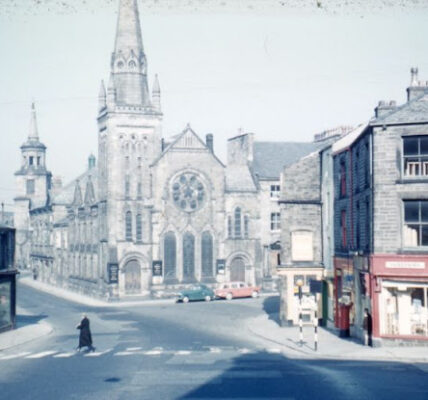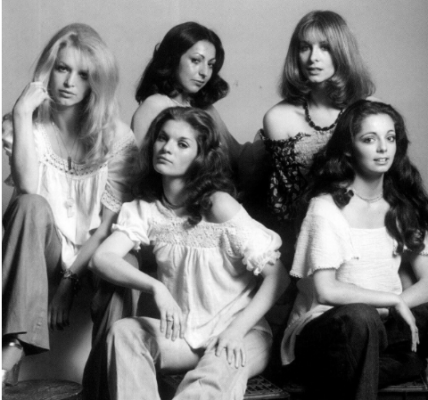The era of the 1960s is synonymous with dramatic political and social revolution and change. This decade saw the conservatism and restrictions of the preceding post war 1950s give way to a more radical libertine generation committed to fostering utopian ideals of free love, world peace and harmony. Fashion defined the freedom of the era in the designs of Mary Quant, with the invention of the bikini, with the rise of the hemline in the miniskirt and the reign of the supermodel in Twiggy. It was the decade that saw the Beatles and the Rolling Stones invade America, the peak of the civil rights movement, the assassination of John F Kennedy, Martin Luther King and Malcom X. Widespread protests against the Vietnam War erupted while the end of the decade gave rise to hope as the world witnessed for the first time, a man walking on the moon. This fertile environment encompassed Europe in the 1960s – an era that was captured through the lens of Frank Habicht.
Born in Hamburg in 1938, Habicht began his career as a photographer in 1960 attending the Hamburg School of Photography, from which he graduated in 1962. He quickly became established as a freelance photographer and writer in Europe submitting works to be published in magazines including Camera Magazine, Spigelreflex Praxis, Twen, Jasmin, Esquire, Hoer Zu, Die Welt, Sunday Times (UK) and The Guardian. Habicht also gained employment working as a stills photographer for film directors, Bryan Forbes, Roman Polanski and Jules Dassin (1965-68), as in-house photographer for the Playboy Club in London (1970) and as a freelance photographer for Top of the Pops (1969). These encounters certainly provided Habicht direct access to international pop idols and film stars who became subjects of his most celebrated photographs and included Mick Jagger and the Rolling Stones, actor/director duo Jane Birkin and Serge Gainsbourg, actors Vanessa Redgrave, Marty Feldman and Christopher Lee, director Roman Polanski and photographer Lord Lichfield.
Habicht’s images capture the uninhibited spirit of the times offering a glimpse into the heady period that still manages to arrest the imagination some forty years later. His book “Young London, Permissive Paradise”, a social document on London’s youth, was published in the late sixties. Another photographic book, “In the Sixties” (Tandem Press & Axis Publishing London 1997), juxtaposed those who achieved international fame with the unnamed, not recorded in history books. Frank says his main concern in photography is the process of communication to attempt to keep a situation alive by fusing observer and observed.





























